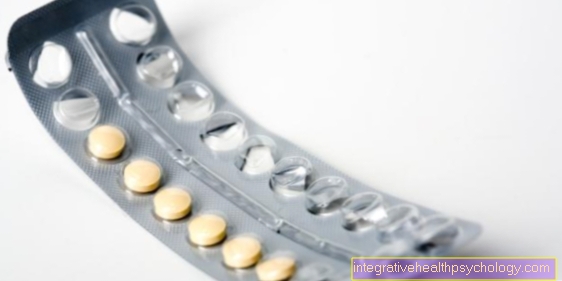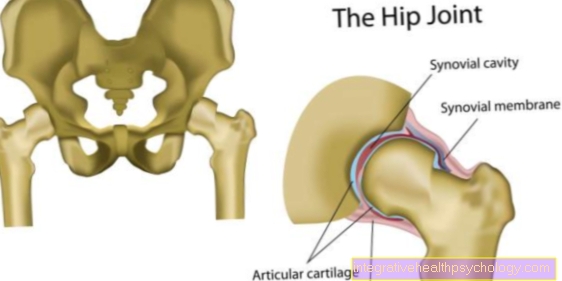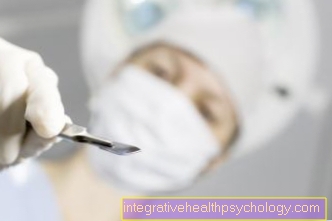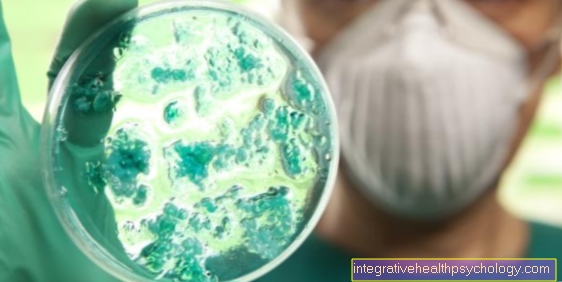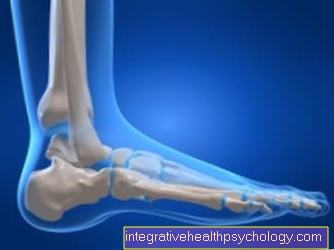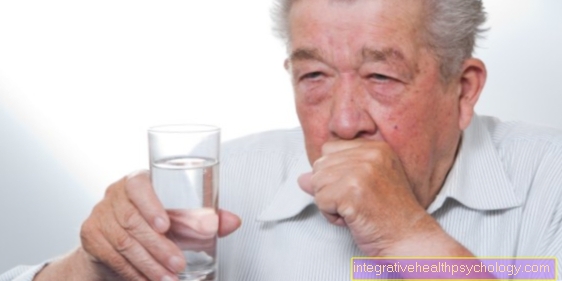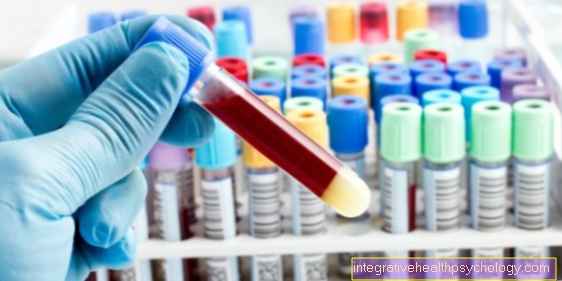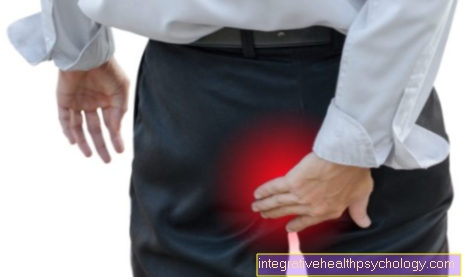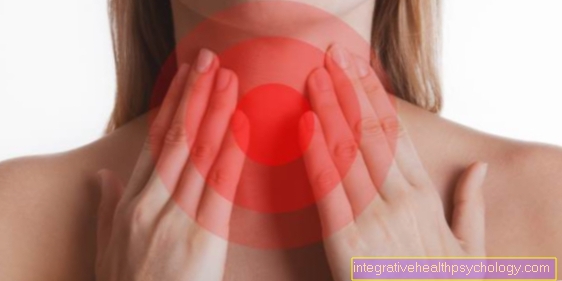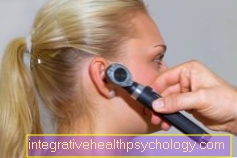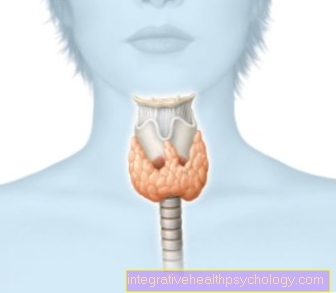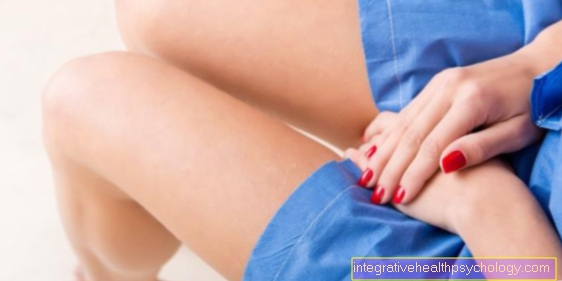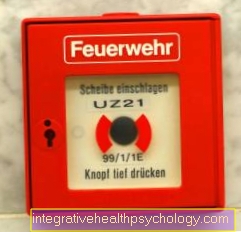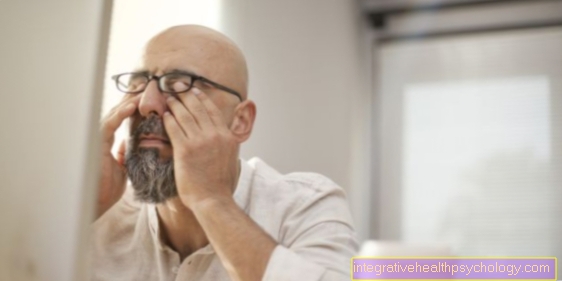What to do with a stye
What to do with a stye
Since a stye is an infectious inflammation, it is important to proceed with the greatest possible cleanliness.
Hands off and let it mature
The stye:
- hurts,
- often burns or itches.
However, it is still best to keep your hands off it. If the stye ripens in peace and can then break open by itself (usually after 4-6 days), it usually remains quite harmless and heals without complications.
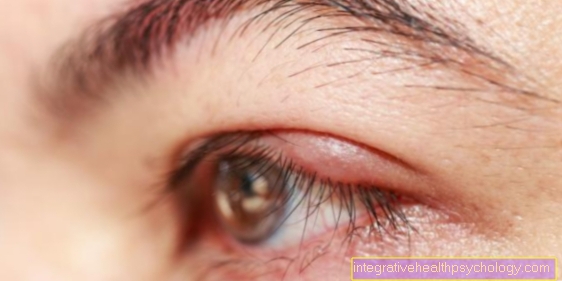
General
However, if you try to drive the process forward, for example:
- To press,
- To squeeze,
- Scratching or rubbing,
In the worst case, the pus can spill inwards into the tissue. Children in particular, who also get stye more often than adults, find it very difficult to leave the annoying painful "pimple" on the eye alone.
However, by manipulating the stye, the pus bacteria can get into the bloodstream and then be carried further into the inside of the skull by the bloodstream, since the eyelids and the brain are directly connected in the bloodstream. A purulent meningitis can be a life-threatening consequence of the "attack" on the stye.
Dry heat and ointments
The stye can be treated with disinfecting eye ointments or eye drops containing antibiotics, which reduce the swelling and allow the inflammation to heal.
Learn more about the effect and application of Floxal eye drops and Floxal eye ointment
Dry heat (e.g. red light) also helps dissolve or accelerate the pus outbreak and can thus accelerate the healing of the stye.
Home remedies for use on stye
Since that Stye If it is a bacterial infection, it is important to clean your eyes and prevent the bacteria from spreading. It is therefore particularly important that the hands are washed and dried particularly thoroughly before they come into contact with the eyes. In order to then loosen adhesions and crusts olive oil helpful by applying it to a compress to loosen the crusts. A Saline solution helps to rinse off the loosened incrustations. In any case, it is important that the active ingredients used do not get into the eyes!
Many home remedies are antibacterial and anti-inflammatory, including the witch hazel, Juniper oil, Tea tree oil, Lavender oil, marigold and Neem oil. With these substances it is important that they only very diluted and applied to a compress on the eye. To reduce the swelling of the stye, cold compresses soaked in fennel, chamomile or witch hazel can be used. In addition, eyebright (Euphrasia) helpful from which you can make a tea, which is placed on the diseased side over a compress or a linen towel for half an hour. In addition, that is light and the warmth the red light lamp healing for a stye, as the heat accelerates healing and dries out the bacterial focus.
Doctor visit?
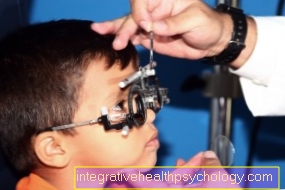
Since the stye is harmless in and of itself, a visit to the doctor is not absolutely necessary for a one-time stye. Often, however, barley grains tend to reappear (relapse) and should therefore be treated correctly immediately (see above).
A treatment with red light, disinfecting ointment from the pharmacy and also homeopathy can also be carried out alone for a stye. However, the advice of an ophthalmologist should be sought for:
- Uncertainty,
- increased size or
- severe pain.
Antibiotic ointments or eye drops are also only available on prescription from an ophthalmologist, e.g. Floxal eye ointment.

